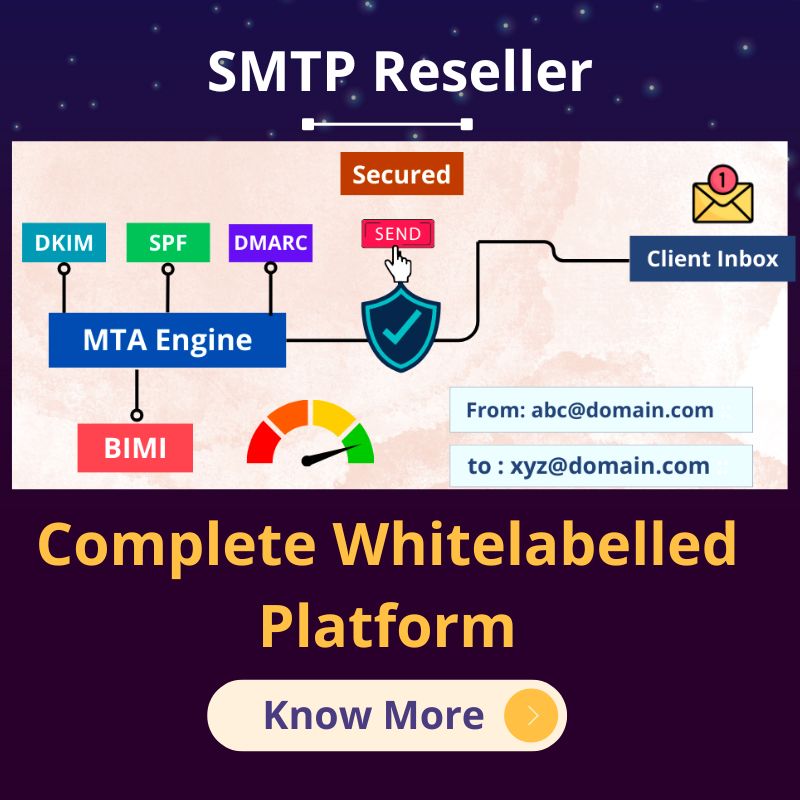Marketing Automation creates a multitude of ROI (return on investment) opportunities. Hence why it has some such a large influence on Advertising’s development. Below are four areas where marketing automation is evolving in 2018.
Contextual marketing
Most marketers can now agree that traditional Advertising no longer works. Consumers don’t enjoy the inherently inauthentic nature of advertising. Usually an interruption of what they’re watching (online or off), it’s too obviously shouting ‘buy me’. So this approach simply no longer holds appeal to the switched-on consumer.
Integrating advertising experiences contextually seen much more favorably since the ads tailored to individual customers. This, of course, requires automation to process and consolidate swathes of data into coherent and personalized content in a timely manner. Contextual marketing is the next step up from personalization. It reacts to demographic markers, encompassing indicators like location, mood, online behavior to deliver the most relevant and engaging content.
Semantic SEO
A little bit like an online mind reader, semantic SEO aims to decipher what kind of question the person typing words into a search bar is actually trying to answer. It’s about connecting those underlying dots and bringing the most relevant content, as fast as possible, to the end user.
Semantic SEO used to boost traditional optimization by adding automated analysis to traditional keyword strategy. This approach is about adding value to SEO for everyone involved as better content can be created and tailored to users whilst giving marketers a better understanding of user behavior.
Virtual Reality (VR)
VR remains a slightly fringe and unexplored territory for many markets. Not just marketers, but the possibilities are truly endless if the technology well utilized.
One way of creating valuable marketing experiences in VR would be through touch-points whereby a user, through interactions with VR objects. For example, triggers branded content that’s at once unique and part of the wider VR experience. It’s unrealistic to think that this technology will be managed and deployed manually so automation will be the tool for most of VR-specific marketing content.
Integrated Email Marketing workflows
Whilst email workflows are nothing new and used by many marketers the world over. They’re now able to integrate triggers from places outside simply email campaigns.
Now a selection of behavior triggers from display ads, social media, and beyond employed for new email content and Email marketing strategies. This method is more fluid and responsive to user activity providing specific and relevant messaging at the right time to improve engagement and hopefully boost conversion rates. Ultimately, it’s all about nurturing leads in the most relevant way by tailoring integrated email workflows for specific points in the customer journey.
The future of Email marketing automation is inevitably a personalized one. Customers will continue to search out brands and experiences that feel specifically tailored to them, turning further away from mass-messaging. The value of Email marketing automation then lies in delivering personalized Email marketing campaigns that feel innovative, authentic, and relevant.



